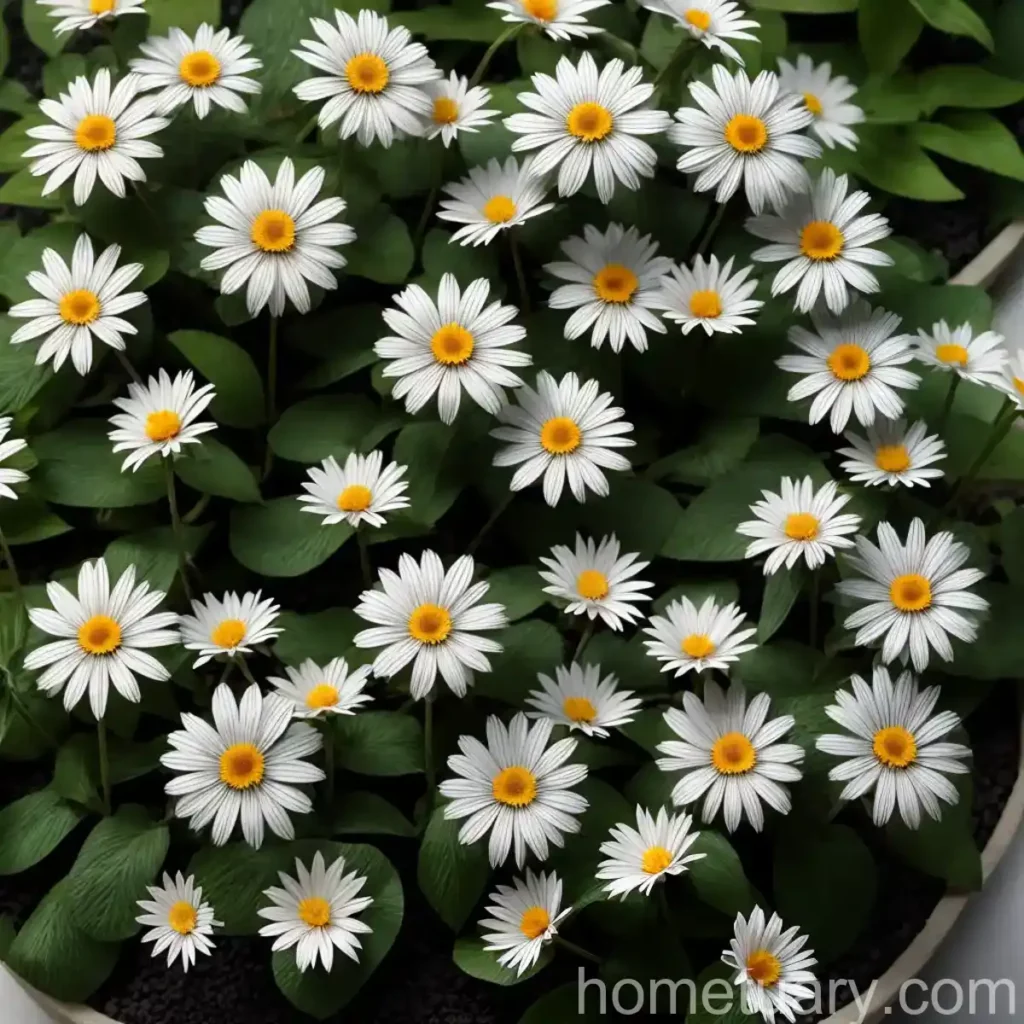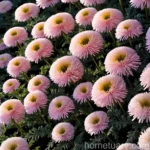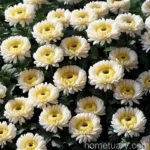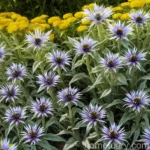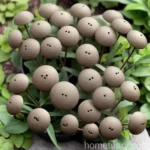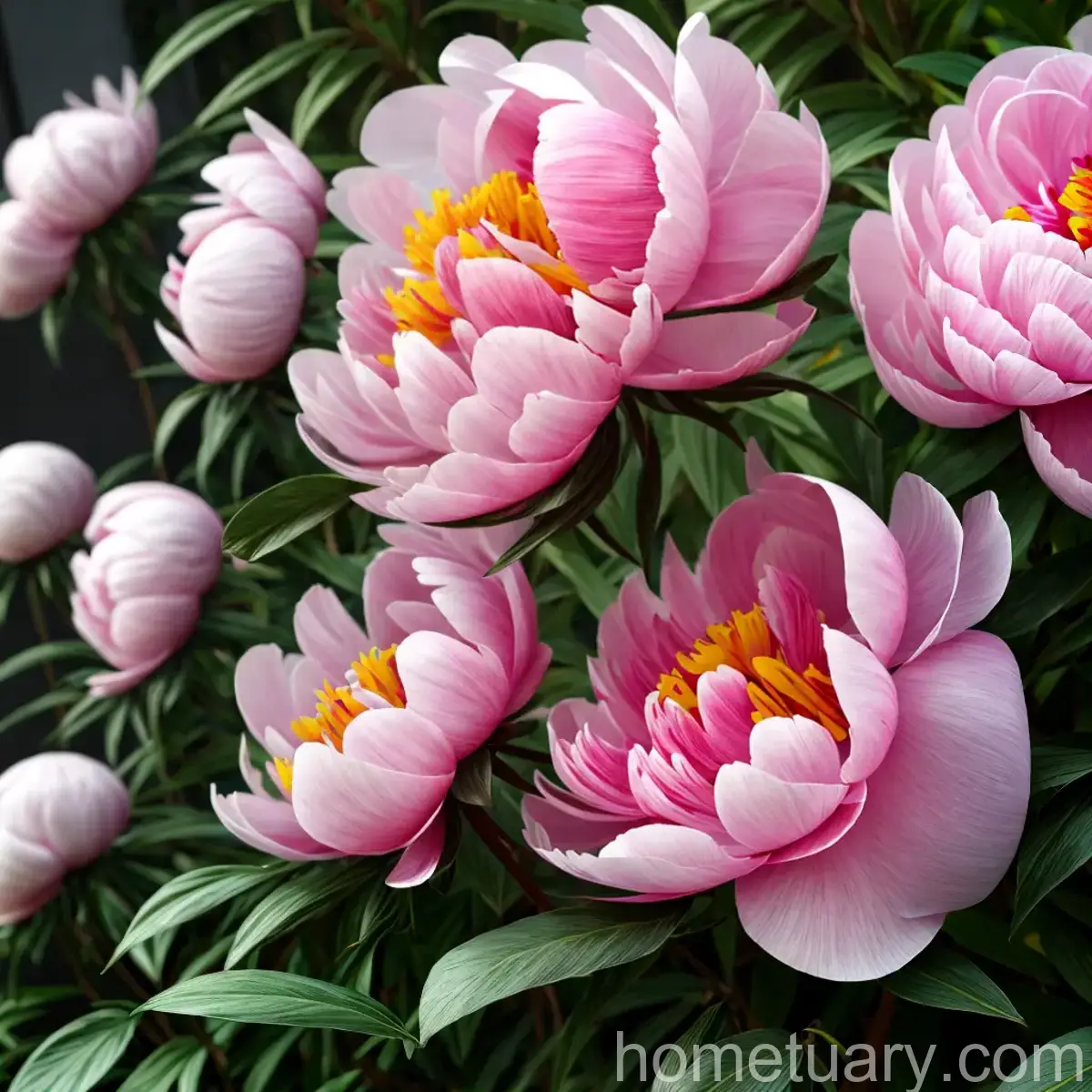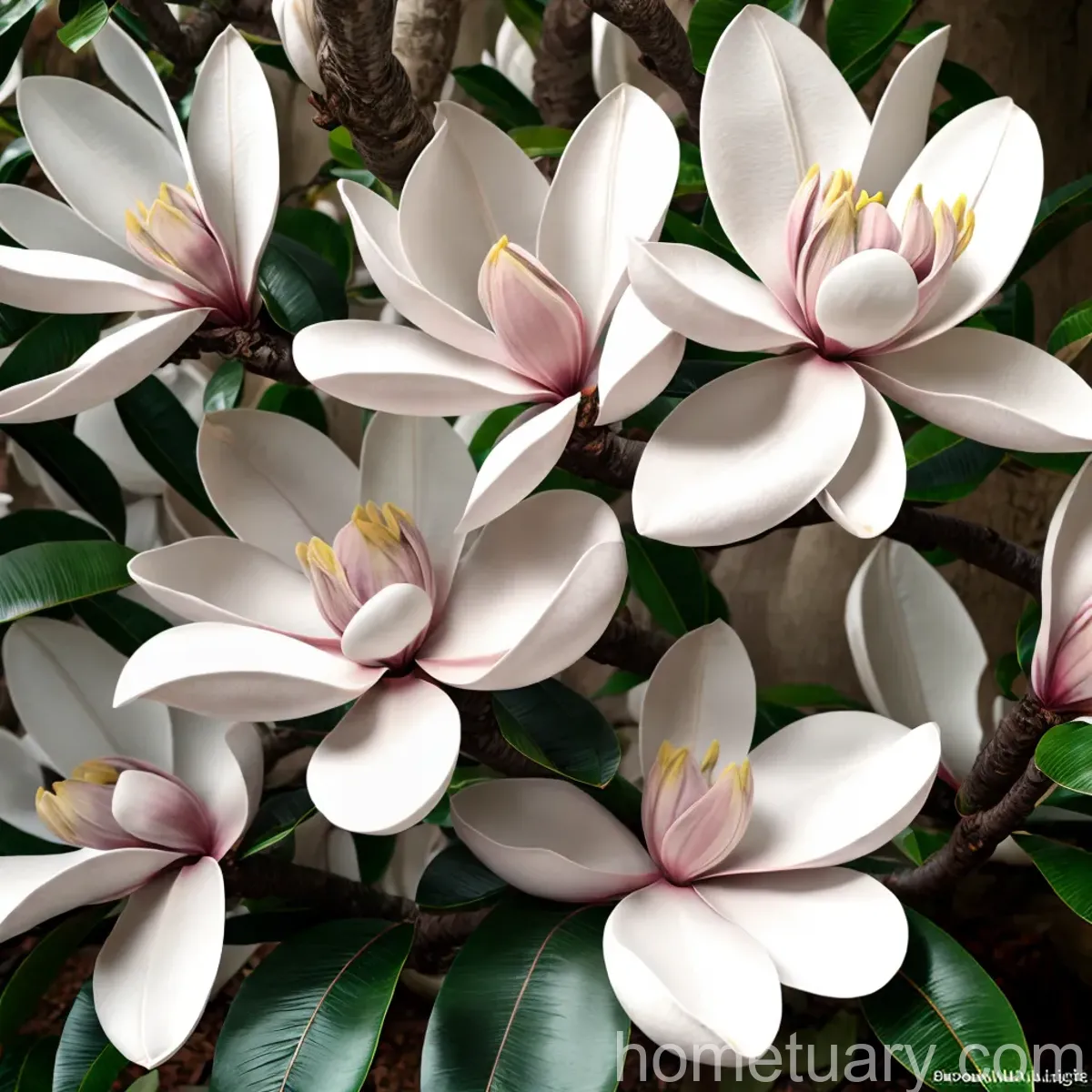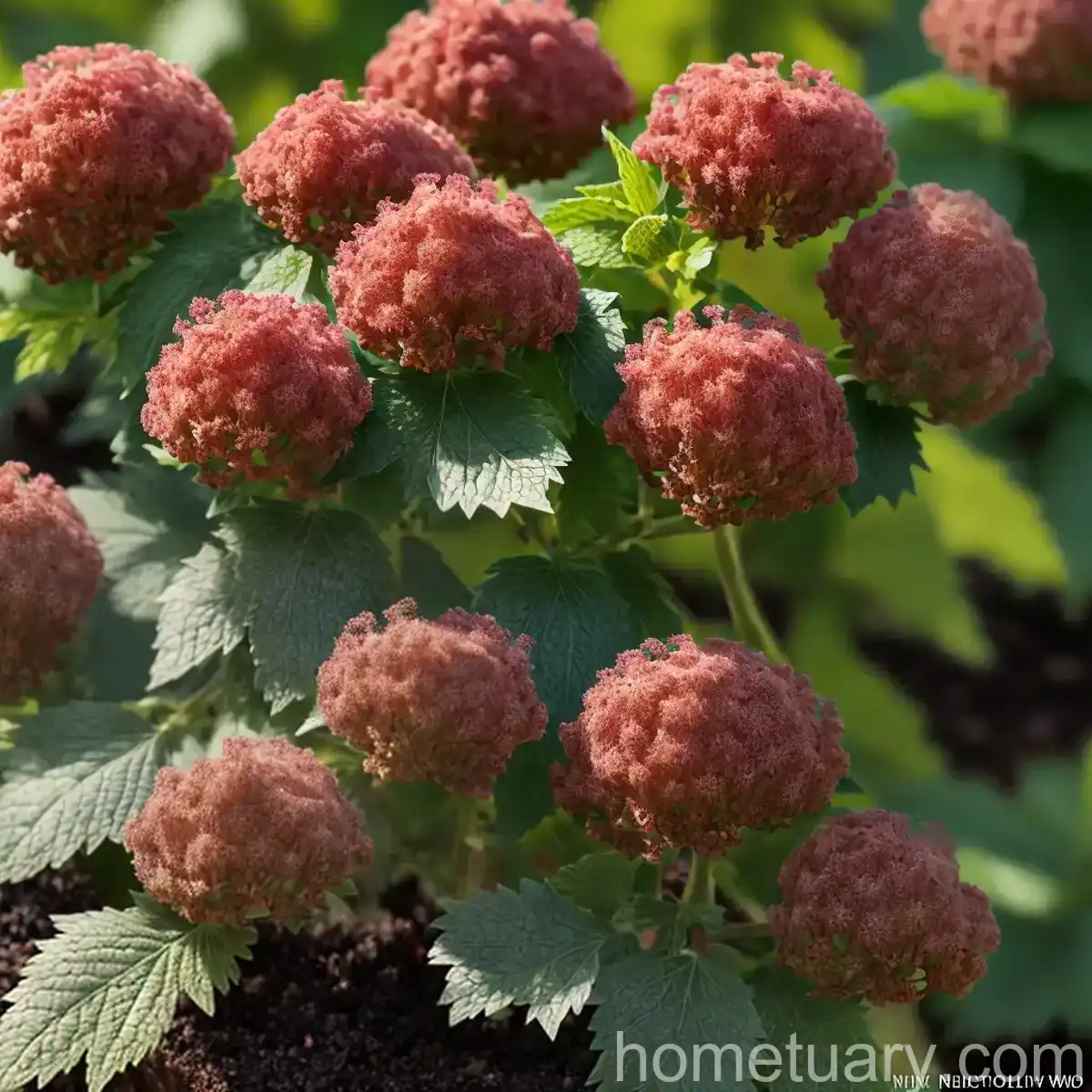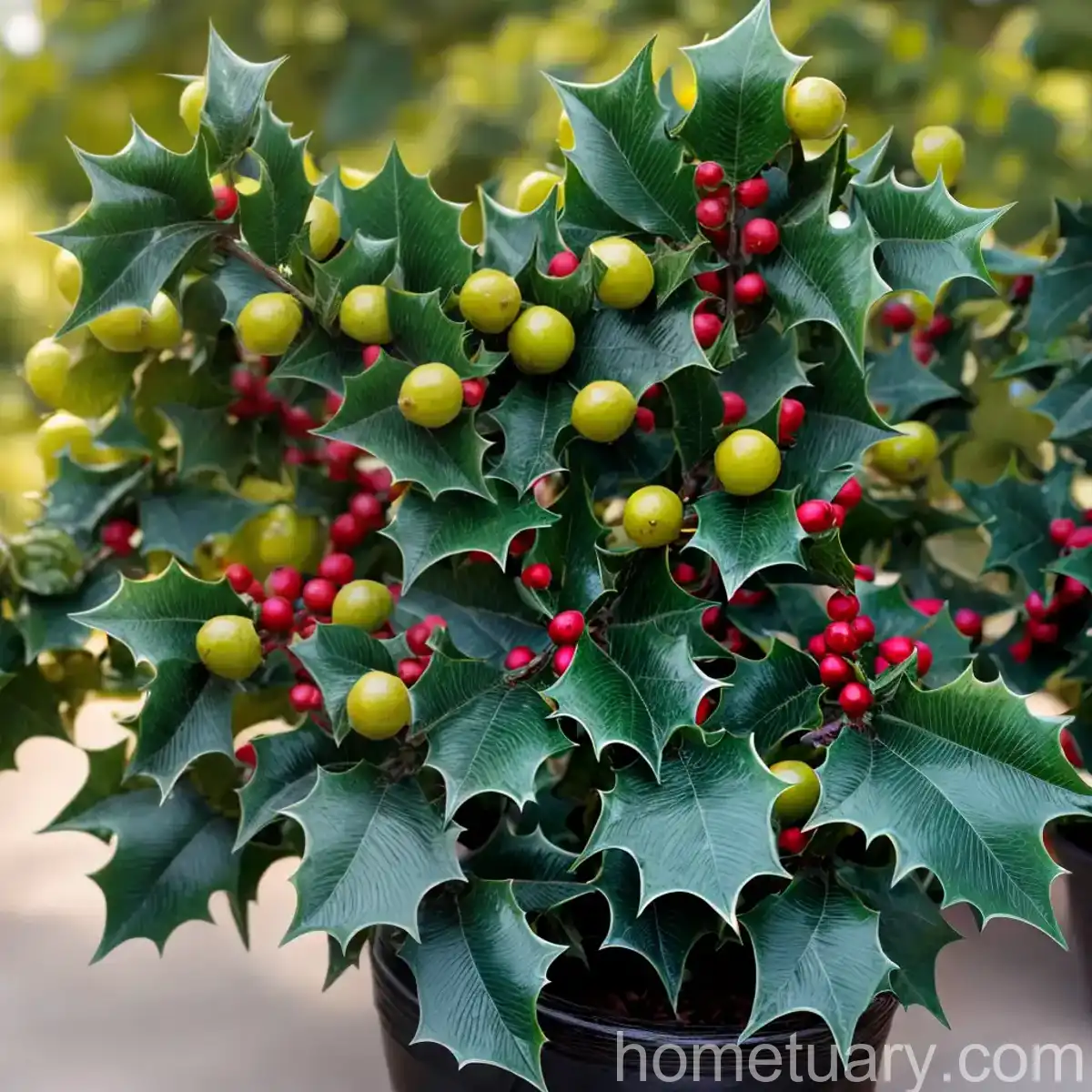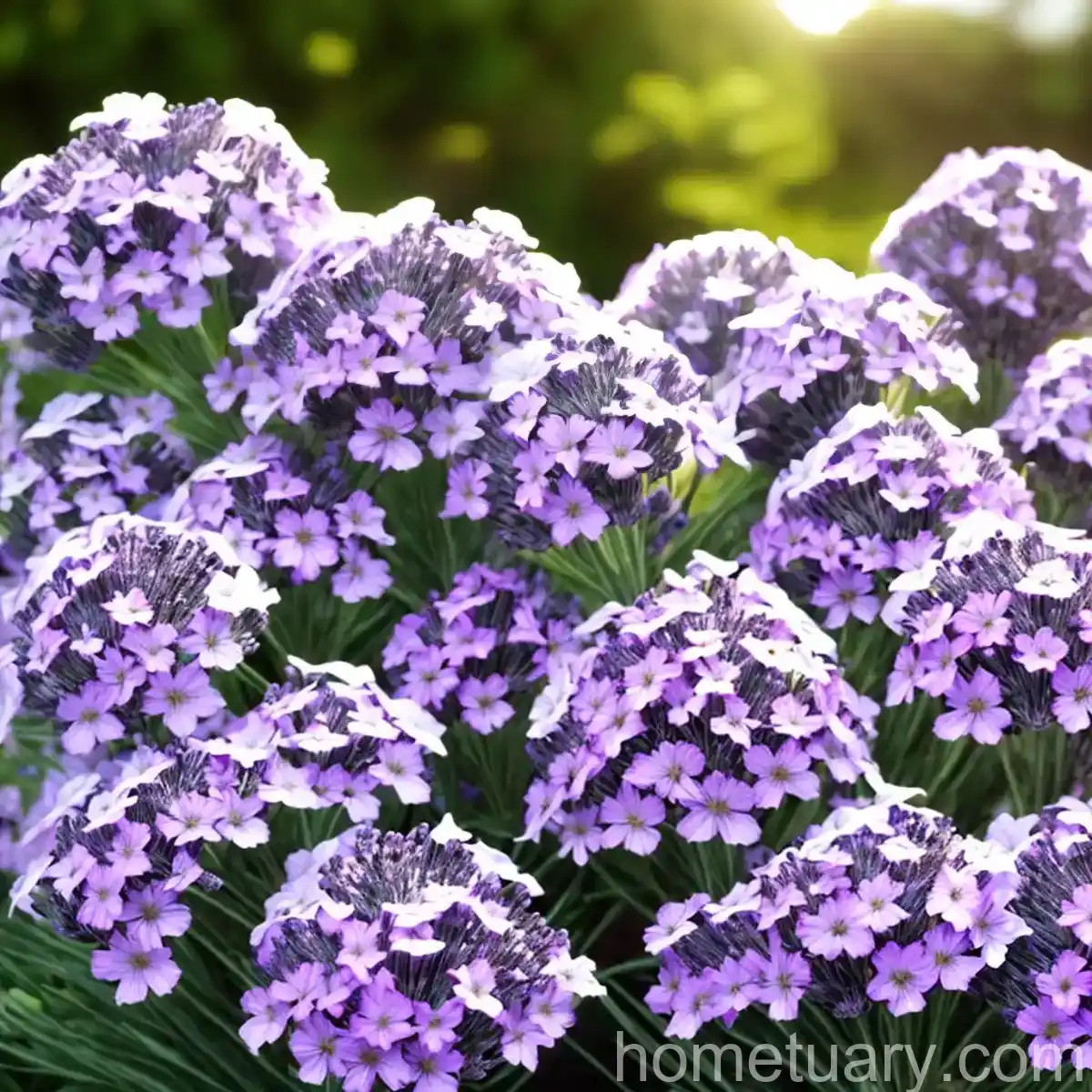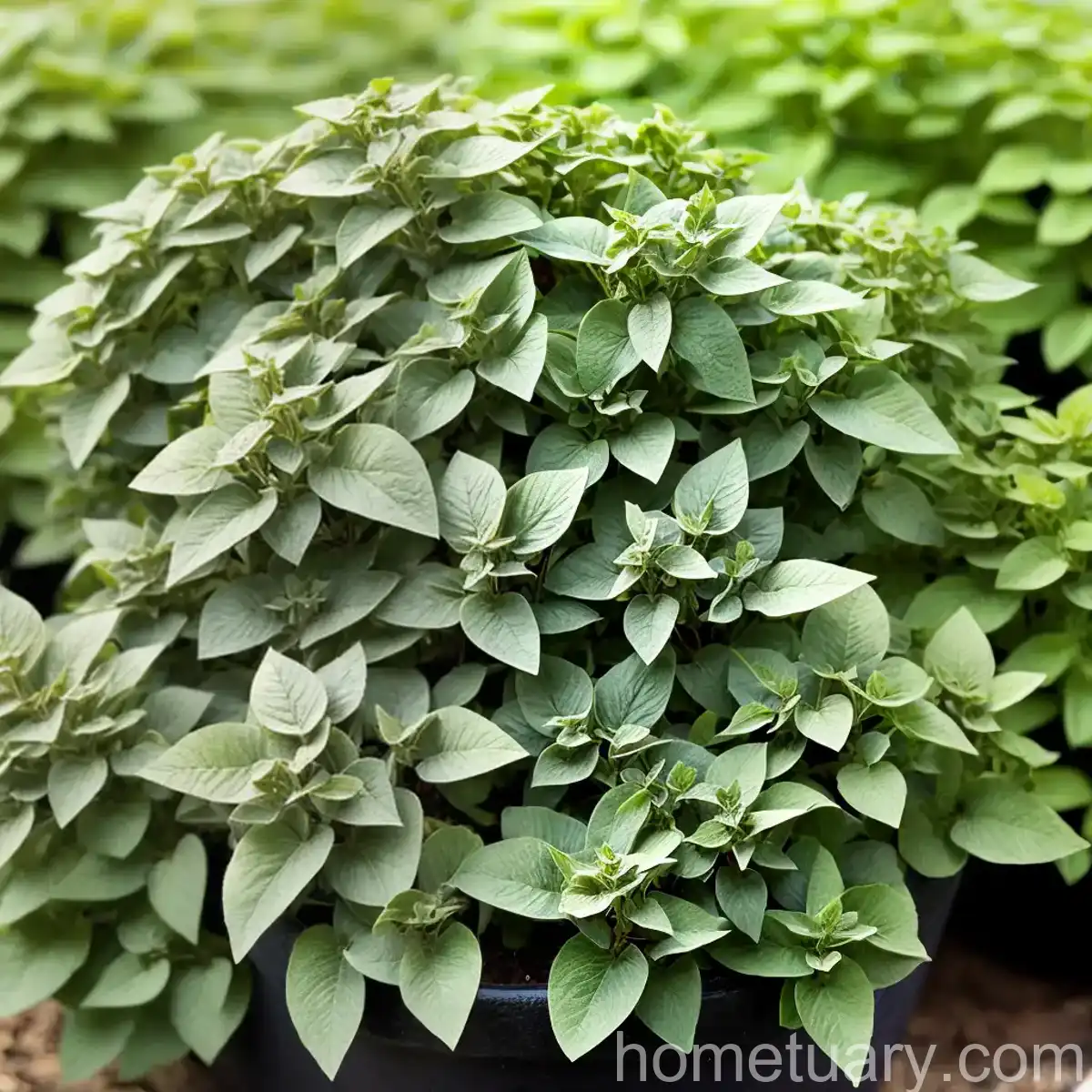Nippon Daisy (Nipponanthemum Nipponicum): A Comprehensive Guide
What is Nippon Daisy?
Nippon daisy, scientifically known as Nipponanthemum nipponicum, is a beautiful and durable perennial plant that belongs to the Asteraceae family. It is native to Japan and Korea and is also commonly referred to as Montauk daisy or Nippon chrysanthemum. This stunning plant is celebrated for its elegant white, daisy-like flowers, which bloom in late summer and autumn, making it a delightful addition to gardens, landscapes, and containers.
Nippon daisies typically grow to a height of 18 to 24 inches and spread out to 36 inches, forming dense mounds of foliage adorned with an abundance of charming blooms. Known for its versatility and adaptability, Nippon daisy thrives in a variety of climates and soil conditions. Its resilience and low maintenance nature make it an excellent choice for both novice and experienced gardeners looking to enhance their outdoor spaces with an enduring and visually appealing plant.
Key Takeaways – Nippon Daisy (Nipponanthemum Nipponicum)
Before delving into the detailed care and cultivation of Nippon daisies, it is essential to understand the fundamental aspects of this plant. Here are the key takeaways about Nippon daisies:
- Scientific Name: Nipponanthemum nipponicum
- Common Names: Nippon Daisy, Montauk Daisy
- Family: Asteraceae
- Native Habitat: Japan, Korea
- Blooming Time: Late summer to autumn
- Growth Rate: Moderate to fast
- Water Needs: Moderate
- Sunlight Requirements: Full sun to partial shade
- Soil Type: Well-draining, fertile soil
- Maintenance: Low
- Hardiness Zones: 5 to 9
Now, let’s explore the detailed care and cultivation requirements for Nippon daisies to ensure that you can enjoy these exquisite flowers in your own garden.
Culture
Uses
Nippon daisies have a wide range of uses, making them a valuable addition to any garden or landscape. Some of the primary uses of Nippon daisies include:
-
Ornamental Purposes: These delightful flowers are primarily grown for their ornamental value. Their abundant white blooms brighten up garden beds, borders, and containers, adding a touch of elegance to any outdoor space.
-
Cut Flowers: Nippon daisies make excellent cut flowers, perfect for creating stunning floral arrangements and bouquets. The long stems and lasting blooms make them a popular choice for fresh-cut indoor decorations.
-
Attracting Pollinators: The nectar-rich flowers of Nippon daisies attract various pollinators, including butterflies, bees, and other beneficial insects, contributing to the overall health and biodiversity of the garden.
-
Erosion Control: Due to their spreading growth habit, Nippon daisies are often used for erosion control on slopes and embankments, where their dense foliage helps stabilize the soil.
-
Medicinal and Herbal Uses: In traditional herbal medicine, certain parts of the Nippon daisy plant were used for their potential medicinal properties. While not commonly utilized today, the historical uses of the plant in herbal remedies are noteworthy.
Water
Watering Requirements:
– Nippon daisies prefer moderate moisture levels and well-drained soil. Avoid overwatering, as excessive moisture can lead to root rot and other fungal issues.
Watering Schedule:
– During the growing season, water Nippon daisies generously when the top inch of soil becomes dry.
– In hot and dry conditions, provide supplemental watering to ensure the soil remains consistently moist, but not waterlogged.
Watering Methods:
– Use a soaker hose or watering wand to deliver water directly to the base of the plants, avoiding wetting the foliage which can make the plant susceptible to diseases.
Sunlight
Light Exposure:
– Nippon daisies thrive in full sun to partial shade. They produce the most abundant blooms when exposed to at least 6 hours of sunlight per day.
Ideal Placement:
– Plant Nippon daisies in a location where they can receive ample sunlight, especially during the morning and early afternoon. In warmer regions, providing them with some afternoon shade can help protect them from intense heat.
Fertilizer
Fertilization Recommendations:
– Nippon daisies generally do not have high fertilizer requirements. A balanced, slow-release fertilizer applied in early spring can provide the necessary nutrients for healthy growth and profuse blooming.
Application Method:
– Gently work the fertilizer into the soil around the base of the plants, ensuring it is evenly distributed. Avoid direct contact between the fertilizer and the plant’s foliage to prevent any potential burning.
Frequency:
– Apply fertilizer once a year, preferably in early spring before the active growing season begins.
Soil
Soil Type:
– Nippon daisies thrive in well-drained, fertile soil. They do best in neutral to slightly alkaline soil conditions.
Soil Amendments:
– Incorporating organic matter, such as compost or aged manure, into the soil can improve its structure and fertility, providing an ideal growing environment for Nippon daisies.
Soil pH:
– Aim for a slightly acidic to neutral pH range of 6.5 to 7.5 for optimal growth.
Pruning
Pruning Cycles:
– Light pruning after the first bloom in late summer can help encourage a second wave of flowering in autumn.
– In late winter or early spring, perform a more thorough pruning to remove old, woody stems and promote healthy new growth.
Pruning Techniques:
– Use clean, sharp pruning shears to cut back the stems to a desired height, typically to within a few inches above the ground.
– Remove any dead or diseased foliage throughout the growing season to maintain the plant’s health and appearance.
Propagation
Propagation Methods:
– Nippon daisies can be propagated through division, stem cuttings, or seeds.
Division:
– Divide mature clumps of Nippon daisies every 3 to 4 years in early spring to maintain their vigor and prevent overcrowding.
Stem Cuttings:
– Take 3 to 4-inch stem cuttings from healthy, non-flowering shoots in late spring or early summer. Remove the lower leaves and place the cuttings in a well-draining propagation medium.
Seeds:
– Collect mature seeds from the spent flower heads in autumn and sow them in a prepared seedbed for germination.
Container Popularity
Nippon daisies are well-suited for container gardening, offering a wealth of benefits and opportunities for creative landscaping. The popularity of cultivating Nippon daisies in containers is attributed to several factors:
-
Versatility: Nippon daisies thrive in containers of various sizes and shapes, making them adaptable to different outdoor settings, such as patios, balconies, and terraces.
-
Space Optimization: For gardeners with limited space, containers provide an excellent platform for growing Nippon daisies without the need for expansive garden beds.
-
Decorative Appeal: The charming white flowers of Nippon daisies bring a touch of elegance to container displays, serving as focal points or complementing other plants in mixed arrangements.
-
Seasonal Flexibility: Containers allow for easy movement, enabling gardeners to shift the position of Nippon daisies to optimize sunlight exposure, protect them from extreme weather, or showcase them in different areas throughout the growing season.
Common Diseases
Despite their overall resilience, Nippon daisies can be susceptible to certain diseases under unfavorable growing conditions. Understanding these potential issues and implementing preventive measures is crucial in maintaining the health and vigor of the plants.
Disease Diagnosis
Common diseases that may affect Nippon daisies include:
-
Powdery Mildew: This fungal disease presents as a powdery, white coating on the foliage, leading to stunted growth and decreased vitality.
-
Leaf Spot: Leaf spot diseases manifest as brown or black spots on the leaves, often causing premature leaf drop and reduced aesthetic appeal.
-
Root Rot: Excessive moisture or poorly draining soil can lead to root rot, resulting in wilting, yellowing foliage, and overall decline in plant health.
Prevention and Treatment
Implement the following practices to prevent and manage diseases in Nippon daisies:
-
Proper Air Circulation: Avoid planting Nippon daisies in overly crowded locations, as adequate airflow is essential in preventing fungal diseases.
-
Watering Techniques: Water the plants at the base and avoid wetting the foliage to mitigate the risk of fungal infections.
-
Sanitation: Remove and dispose of any affected leaves or plant debris to prevent the spread of diseases.
-
Fungicidal Sprays: In severe cases, apply recommended fungicidal sprays according to the manufacturer’s instructions to control fungal infections.
Common Pests
While Nippon daisies are generally resistant to most pests, occasional infestations may occur, particularly under stressed growing conditions or in areas with high pest pressure.
Pest Identification
Some of the potential pests that may affect Nippon daisies include:
-
Aphids: These tiny, soft-bodied insects feed on the sap of the plant, causing stunted growth and distorted leaves.
-
Spider Mites: Spider mites are common in dry, hot conditions and can cause stippling and webbing on the foliage, leading to reduced plant vigor.
-
Caterpillars: Certain caterpillar species may feed on the leaves of Nippon daisies, causing visible damage and defoliation.
Integrated Pest Management
Employ a variety of pest management strategies to protect Nippon daisies from infestations:
-
Biological Controls: Encourage natural predators, such as ladybugs and lacewings, to feed on aphids and other soft-bodied pests.
-
Horticultural Oils: Use horticultural oils to suffocate and control spider mites and other small pests while minimizing the impact on beneficial insects.
-
Manual Removal: Handpick caterpillars and other larger pests from the plants and dispose of them to prevent extensive damage.
-
Regular Monitoring: Inspect the plants regularly for signs of pest activity and take prompt action to address any emerging issues.
Botanist’s Tips
As a plant scientist deeply passionate about the cultivation and preservation of botanical treasures like Nippon daisies, I offer the following expert tips to ensure the successful growth and enjoyment of these exquisite plants:
-
Selecting Varieties: Choose Nippon daisy varieties based on your specific climate and growing conditions, and consider the height, bloom time, and other characteristics to complement your garden design.
-
Seasonal Care: Provide appropriate care throughout the year, including tailored watering, fertilizing, and pruning regimens to support the plants’ seasonal needs.
-
Soil Preparation: Invest in soil improvement by enriching the planting area with organic matter to create an optimal growing environment for Nippon daisies.
-
Natural Pest Control: Foster a healthy garden ecosystem by attracting and supporting beneficial insects and natural predators to maintain pest populations in check.
-
Cultural Significance: Embrace the cultural and historical significance of Nippon daisies, recognizing their symbolic meanings and traditional uses in various societies.
Fun Facts
To further appreciate the unique allure of Nippon daisies, consider the following intriguing and delightful facts about this remarkable species:
-
Wildlife Attraction: Nippon daisies are excellent for wildlife gardening, attracting a myriad of pollinators and contributing to the ecological balance in the garden.
-
Companion Planting: They complement a wide range of companion plants, including other perennials, annuals, and flowering shrubs, creating visually appealing and harmonious garden compositions.
-
Flower Language: In the language of flowers, Nippon daisies symbolize purity, innocence, and loyal love, making them precious additions to bouquets and floral arrangements.
-
Historical Significance: Nippon daisies have a rich historical presence and were deeply valued in traditional Japanese and Korean gardening practices for their enduring beauty.
Links to External Resources
To expand your knowledge and appreciation of Nippon daisies, I encourage you to explore the following external resources:
-
The American Horticultural Society: Growing Perennials – Access in-depth articles and publications on perennial gardening, including valuable insights on planting and caring for Nippon daisies.
-
Royal Horticultural Society (RHS): Plant Selector – Use the RHS plant selector tool to discover a variety of Nippon daisy cultivars and explore their specific growing requirements.
-
University Cooperative Extension Services – Reach out to your local cooperative extension service for personalized gardening advice, plant diagnostics, and resources specific to your region.
In conclusion, Nippon daisies, with their captivating beauty and resilience, are exceptional plants that bring enduring joy to any garden or landscape. By understanding their unique characteristics and embracing best cultivation practices, you can cultivate thriving Nippon daisies and revel in their charming presence throughout the seasons. Whether tucked into a flower bed, showcased in a container, or incorporated into a wildlife-friendly garden, Nippon daisies stand as a timeless testament to nature’s elegance and grace.
I trust that this comprehensive guide has equipped you with the knowledge and inspiration to embark on a rewarding journey of growing and appreciating Nippon daisies in your own botanical haven.

